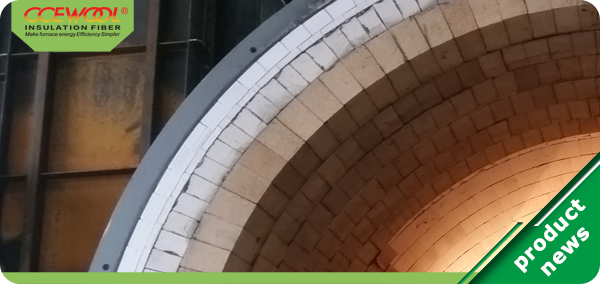The heat consumption of industrial kilns through the furnace body generally accounts for about 22% - 43% of the fuel and electric energy consumption. This huge data is directly related to the cost of unit output of products. In order to reduce costs, protect environment and save resources, lightweight insulation fire brick has become a favorite product in the industrial high-temperature kiln industry.
The lightweight insulation fire brick belongs to the light refractory insulating material with high porosity, small bulk density and low thermal conductivity. Light refractory brick has porous structure (porosity is generally 40% - 85%) and high thermal insulation performance.
The use of lightweight insulation fire brick saves fuel consumption, greatly reduces the heating and cooling time of the kiln, and improves the production efficiency of the kiln. Because of the light weight of the lightweight insulating bricks, the kiln building is time-saving and labor-saving, and the weight of the furnace body is greatly reduced. However, due to the large porosity of the lightweight thermal insulation brick, its internal organization is relatively loose, and most of the lightweight thermal insulation bricks cannot directly contact the metal melt and flame.
Lightweight insulation fire bricks are mostly used as used as the thermal insulation layer and lining of the kiln. The use of lightweight insulation fire brick has greatly improved the thermal efficiency of industrial high-temperature kilns.
Post time: Dec-05-2022


